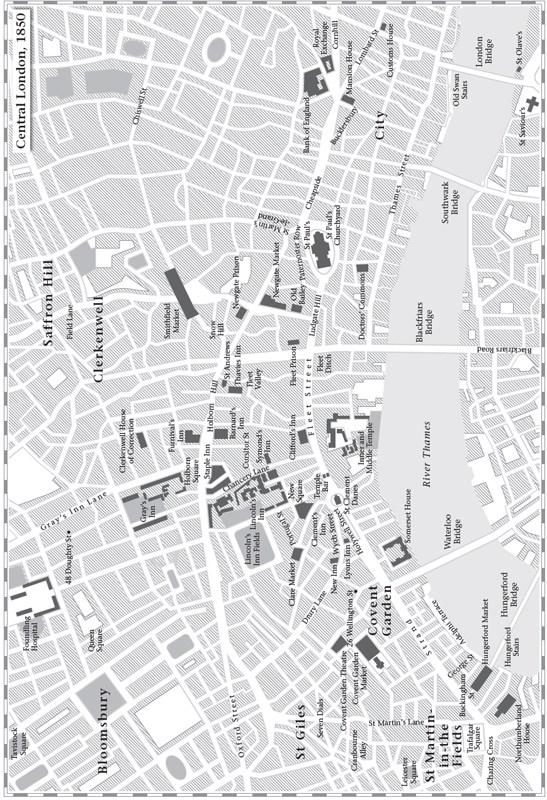

No one who reads it will view London in the same light again. The Victorian City is a revelatory portrait of everyday life on the streets, bringing to life the Victorian capital in all its variety, vibrancy, and squalor. Now, Judith Flanders follows in his footsteps, leading us through the markets, transport systems, sewers, slums, cemeteries, gin palaces and entertainment emporia of Dickens' London. Charles Dickens obsessively walked London's streets, recording its pleasures, curiosities and cruelties. In only a few decades, London grew from a Regency town to the biggest city the world had ever seen, with more than 6.5 million people and railways, street-lighting and new buildings at every turn.

The nineteenth century was a time of unprecedented transformation, and nowhere was this more apparent than on the streets of London. From the New York Times bestselling and critically acclaimed author of The Invention of Murder, an extraordinary, revelatory portrait of everyday life on the streets of Dickens' London. The unclipped dust wrapper is in new condition International postal rates are calculated on a book weighing 1 Kilo, in cases where the book weighs more than 1 Kilo increased postal rates will be quoted, where the book weighs less then postage will be reduced accordingly. There is a small neat inscription to the head of the f.e.p. This copy is bright, tight, white and square. No one who reads Judith Flanders's meticulously researched, captivatingly written The Victorian City will ever view London in the same light again.This copy is in new condition bound in illustrated paper covered boards. From the colorful cries of street-sellers to the uncomfortable reality of travel by omnibus, to the many uses for the body parts of dead horses and the unimaginably grueling working days of hawker children, no detail is too small, or too strange.

Now, with him, Judith Flanders leads us through the markets, transport systems, rivers, slums, alleys, cemeteries, gin palaces, chop-houses and entertainment emporia of Dickens' London, to reveal the Victorian capital in all its variety, vibrancy, and squalor. Technology-railways, street-lighting, and sewers-transformed both the city and the experience of city-living.įrom the moment Charles Dickens, the century's best-loved novelist and London's greatest observer, arrived in the city in 1822, he obsessively walked its streets, recording its pleasures, curiosities and cruelties. The nineteenth century was a time of unprecedented change, and nowhere was this more apparent than London, which, in only a few decades, grew from a compact Regency town into the largest city the world had ever seen.


 0 kommentar(er)
0 kommentar(er)
